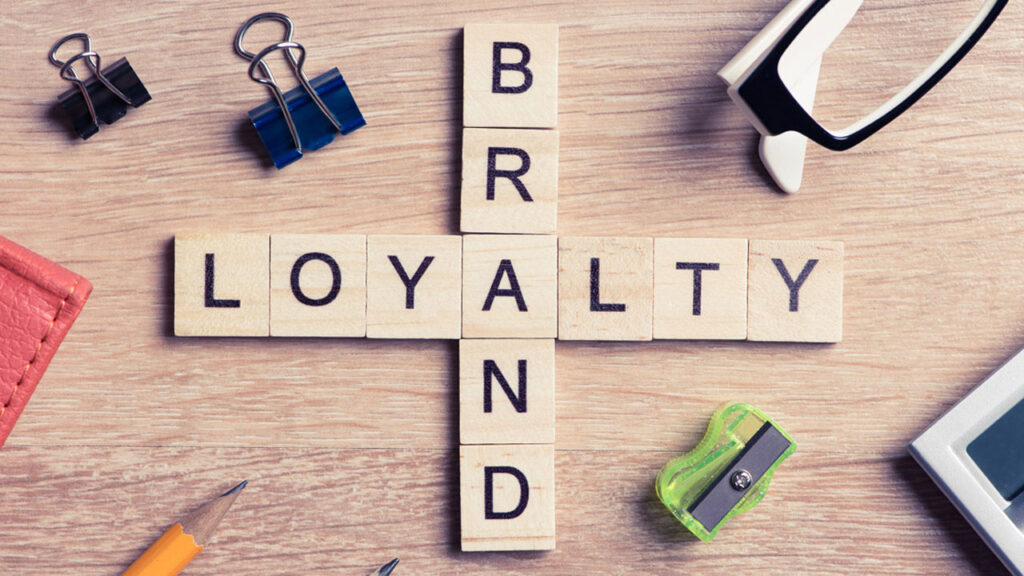
Financial market regulators, operators and quoted companies have faced the reality that the New Normal thrives on digital mode of doing business. It has also provided customers an instant opportunity to switch their brand loyalty at the click on button. But meanwhile, all brands need customer loyalty. This is to sustain customer retention, enjoy positive word of mouth and enthrone customer lifetime value. There are two perspectives to customer loyalty; companies’ executives may deploy some programmes for customers to build brand loyalty, but such programmes do not necessarily create brand loyalty. However, when an organization aligns its needs to that of customers, this leads to emotional engagement and brand loyalty is at its best. Every astute organization identifies the best customers, builds humanistic relationship in its core values, tap into the hidden needs and higher values of customers, and enter partnership to serve them better than the competitors. This helps to cement customer loyalty and insulate companies from competition.
In the highly revered book entitled: Kellog on Branding by Kellog School of Management, the authors, Tybout and Calkins postulate that “ Brands have a remarkable ability to impact the way people view products. Customers rarely just see a product or service; they see the product together with the brand. As a result, how they perceive the product is shaped by the brand. Perception, of course, matter most- how people perceive something matters far more than absolute truth. The question generally isn’t which product or service, is best: the question is which product or service people think is best.”
Brand goes beyond a company’s logo and colour, they are just brand attributes. The heart of branding is the ability to deliver on promise. Arguably, the biggest single challenge brand leaders face is dealing with short-term financial needs while brands are essentially long-term assets. A brand can live for a century just as it can crash in a few days. Brand must be embraced by an entire organization from the security guard at the entrance, receptionist, customer service representatives and the entire staff. For instance, a rude security guard can discourage a high-net-worth customer right at the gate and the aggrieved customer will form negative impression of the company and propagate the perception to prospective customers. On a positive side, a happy customer goes about with positive words of mouth to attract more prospects for the company. Another pain point of a brand manager is clutter of millions of advertisements and promotions which consumers are bombarded with in every nano second due to advancement in Information and Communication Technology (ICT). Consumers are swimming in an ocean of choices. That is why they can switch from one brand to another seamlessly.
A Brand must be focused and unique to stand out. A great brand must have a sense of association. For instance, Securities Dealers, commonly referred to as stockbrokers must uphold the tenet of ‘My word is my bound”. This alone, if transparently executed, means integrity is associated with the Dealer. Such a brand promise enhances brand positioning. Top brands have brand policy. The companies are noted for creativity and innovation in both products and service delivery. Consumers are not discouraged by increase in the prices of their goods and services as they get value for their money. In the securities market, investors scramble for shares of major brands among the quoted companies. Weak brands stand for nothing. There is personal branding whereby individuals create and influence public perception by positioning themselves as authorities in their industry. They do this by elevating their credibility through differentiation. We have such people across sectors of the economy and polity. An individual must identify his uniqueness, build sustainable reputation on the things he wants to be known for. According to Forbes Magazine, an individual rand must be focused, genuine, consistent, tell a story, be ready to fail and bounce back, create a positive impact, follow a successful example, live his brand by separating it from personal life, let others tell his story and aspire to live a legacy. However, brands are not immune from failure. But a brand’s failure is not an overnight reputational damage. There must be warning signals. Enron and Wells Fargo did not destroy all trust in their brands overnight. They should have seen some signals before the burble burst. Many companies have collapsed, and more are still collapsing. Some of them are not necessarily because of the tough operating environment but brand failure. Brands fail because of factors such as weak competitive analysis, rearview mirror syndrome such as when brands remain in their comfort zones, complacency, failure to innovate and absence of brand check or monitoring.
At corporate level, branding works along with stakeholder engagement. This is a process that an organization involves people who may be affected by every decision it makes. It is important to strategic planning because it helps an organization to be proactive towards the needs and desires of every stakeholder in the value chain. By this, trust, confidence and buy-in of stakeholders can be secured before implementing key initiatives. An organisation can engage its stakeholders in varieties of ways, including use of passive communication by avoiding aggressive response to hurtful situation, tracking internet and other media postings to address their concerns, leveraging social media for advocacy, deployment of bulletins, brochures, letters, reports and websites for messages that do not require response, verbal information, conferences and public presentations, public-private partnership, grantmaking, use of surveys for focus groups, meeting with heads of shareholder groups, collective bargaining with workers through their trade unions, and using online collaborative platforms among others. Every Chief Executive that wants his company to stay ahead of the curve in this period of business uncertainty should place premium on the fundamentals of branding.
Oni, communications consultant, chartered stockbroker and commodity trader, is the chief executive officer, Sofunix Investment and Communications.











